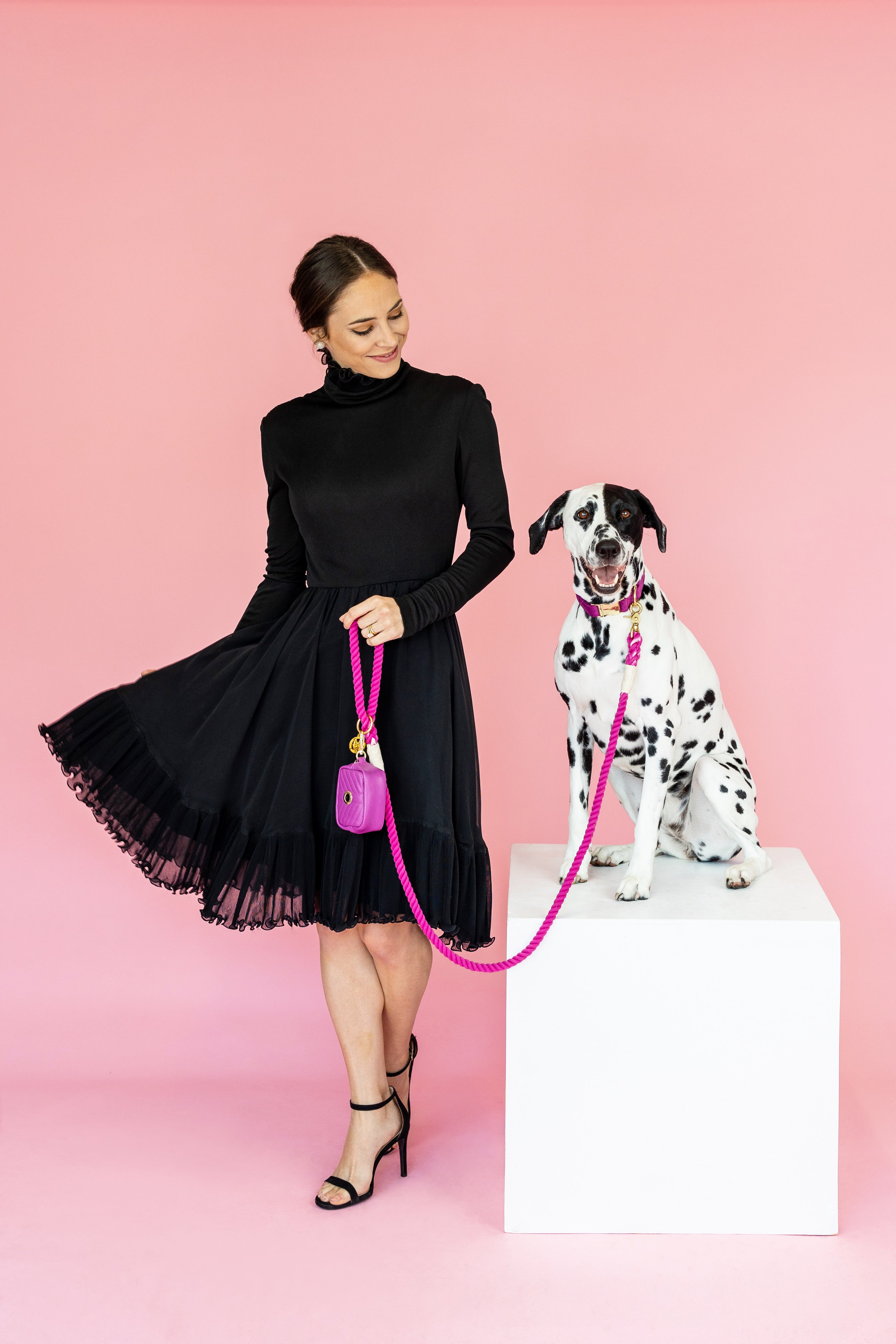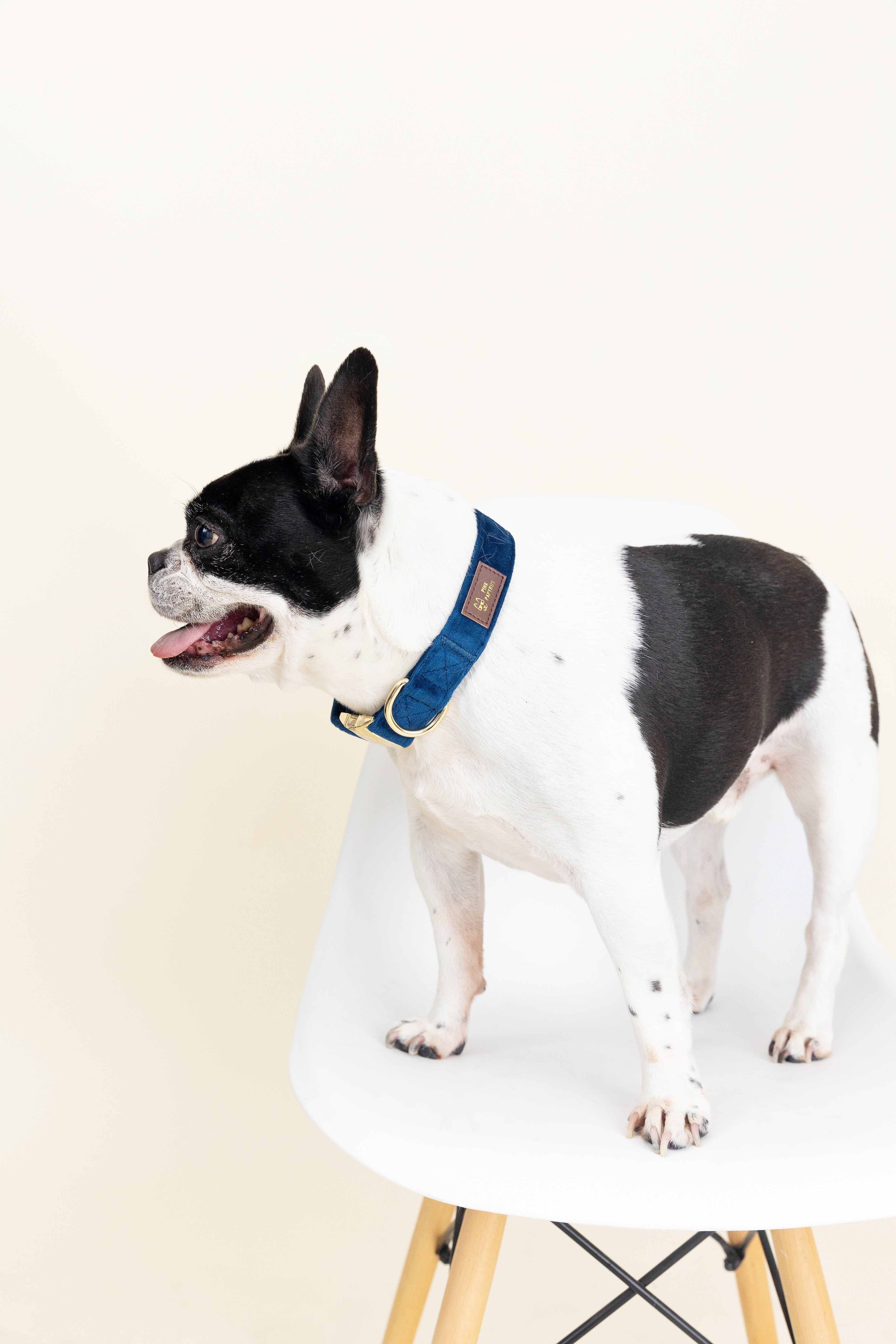What's The Best Way To Train A Dog To Walk On A Leash?
Walking your dog should be one of the best parts of your day—not a tug-of-war. Whether you’ve got a curious puppy or a strong puller, leash training can transform chaotic walks into calm adventures. Here’s the best way to train your dog to walk on a leash—safely, positively, and confidently.
Who This Is For
This guide is for:
-
New puppy parents starting leash training
-
Owners of strong pullers or distracted dogs
-
Anyone who wants more enjoyable, stress-free walks

Step 1: Start Indoors or in a Quiet Area
Begin leash training in a calm, distraction-free space. Let your dog explore the leash and collar at their own pace.
-
Reward calm behavior with treats or praise.
-
Practice walking a few steps at a time, rewarding whenever your dog stays by your side.
This helps your pup associate the leash with positive experiences instead of tension or restraint.
Step 2: Use Positive Reinforcement
Reward-based training is the most effective way to teach leash manners.
-
Keep treats handy in a pouch for quick rewards.
-
Reward your dog every time they check in, slow down, or walk beside you.
-
Gradually reduce treats as they improve.
👉 Tip: Pink Papyrus Treat Pouches make it easy to reward on the go—clip them to your leash or belt for instant reinforcement.
Step 3: Practice “Stop and Go” Training
If your dog starts to pull:
-
Stop walking immediately.
-
Wait until they return to your side or the leash loosens.
-
Reward, then continue walking.
Consistency is key—dogs quickly learn that pulling stops the walk, while calm walking keeps it going.
Step 4: Choose the Right Gear
The right gear makes all the difference:
-
Hands-Free Rope Leashes: Great for multitasking and maintaining balance during training.
-
No-Pull Harnesses: Provide gentle control without straining your dog’s neck.
-
Adjustable Collars: Comfortable and secure for daily practice.
Pink Papyrus leashes and harnesses are designed for comfort, control, and serious style—so you can focus on training, not tangles.
Step 5: Keep Sessions Short and Consistent
Short, frequent training sessions (5–10 minutes) are better than long, stressful walks. Over time, your dog’s leash manners will become second nature.
FAQs
Q: How long does it take to leash train a dog?
A: Most dogs improve within a few weeks of consistent, positive training. Puppies may take longer as they build focus.
Q: Should I use a retractable leash for training?
A: No—retractable leashes can encourage pulling and reduce control. A fixed-length rope or hands-free leash is safer.
Q: What if my dog gets too excited on walks?
A: Pause, redirect their focus with a treat or “sit” command, and reward calm behavior before resuming.
Written by Christine Abdelmalek
Founder and SHE-E-O of Pink Papyrus
Obsessed with crafting dog accessories—beautiful, brilliantly functional, and made with love.



